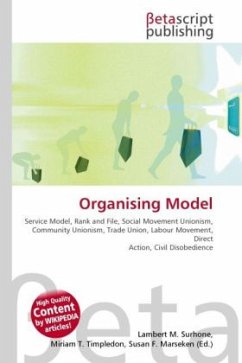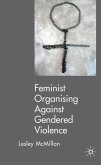High Quality Content by WIKIPEDIA articles! The organising model, as the term refers to trade unions and sometimes other social-movement organisations, is a broad conception of how those organisations should recruit, operate and advance the interests of their members. It typically involves many full-time organisers, who work by building up confidence, strong networks and leaders within the workforce, and confrontational campaigns involving large numbers of union members. It is often contrasted with the Service model, and sometimes to a 'Rank-and-file' model. The Organising Model is strongly linked to Social Movement Unionism and Community Unionism. The prominence of the model, and the debate over its worth, is at varying stages in the United States, the United Kingdom, Ireland, Australia and New Zealand. The debate is important because the model is one of the more credible contributions to the discussion of how trade unions can reverse the trend of declining membership which theyare experiencing in most 'advanced' industrial nations, and recapture some of the political power which the labour movement has lost over the past century.
Bitte wählen Sie Ihr Anliegen aus.
Rechnungen
Retourenschein anfordern
Bestellstatus
Storno








